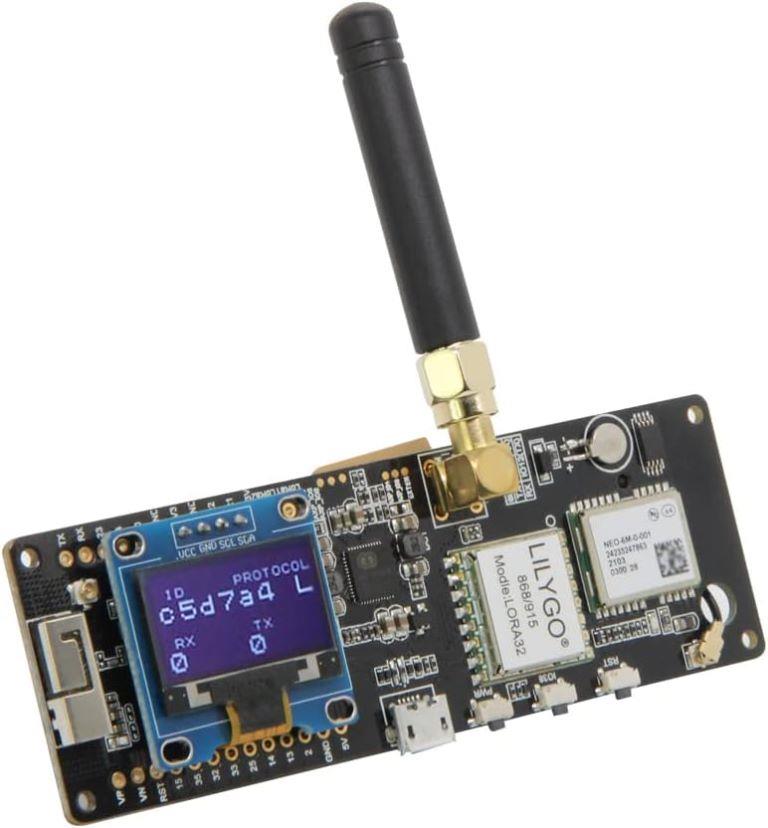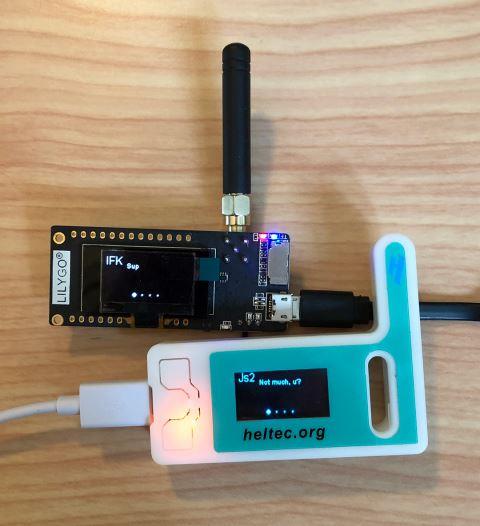Meshtastic
Have you heard about the latest buzzword, Meshtastic? It’s quickly becoming a hot topic, and members of our club are diving in headfirst. Why not join us as we expand the network locally?
Meshtastic is more than just a buzzword; it’s a revolutionary communication platform that’s capturing the imagination of DIY enthusiasts and tech-savvy individuals alike. With its decentralized approach and long-range capabilities, Meshtastic is redefining how we connect in today’s world.
As members of our club embrace Meshtastic, we’re witnessing firsthand its potential to transform local communication networks. From outdoor adventures to emergency preparedness, Meshtastic offers a reliable, secure, and adaptable solution.
Join us as we explore the possibilities of Meshtastic and grow our network locally. Together, we can embrace this exciting technology and pave the way for a more connected future.
Don’t miss out on the opportunity to be part of something groundbreaking. Join us and let’s embark on this Meshtastic journey together!
Why not pop along on Friday Night and see what the Radio and all the fun are about?

Features
- Long range (254km record by kboxlabs)
- No phone is required for mesh communication
- Decentralized communication – no dedicated router required
- Encrypted communication
- Excellent battery life
- Send and receive text messages between members of the mesh
- Optional GPS-based location features
- And more!
How it works
Meshtastic utilizes LoRa, a long-range radio protocol, which is widely accessible in most regions without the need for additional licenses or certifications, unlike HAM radio operations.
These radios are designed to rebroadcast messages they receive, forming a mesh network. This setup ensures that every group member, including those at the furthest distance, can receive messages. Depending on the settings employed, the Meshtastic mesh network can support up to 100 devices concurrently.
Additionally, Meshtastic radios can be paired with a single phone, allowing friends and family to send messages directly to your specific radio. It’s important to note that each device is capable of supporting a connection from only one user at a time.”
If you are interested in a more technical overview of how Meshtastic works, visit the overview section below:

Who thought of it?
Meshtastic was started by Kevin Hester, an engineer and entrepreneur with a background in software development and hardware design. Kevin Hester founded the project to create accessible, long-range mesh communication devices for outdoor enthusiasts and adventurers. His vision was to leverage open-source technologies and off-the-shelf hardware to enable decentralized communication networks in remote areas without cellular coverage. Kevin Hester’s leadership and the collaborative efforts of the Meshtastic community have contributed to the project’s growth and development.


What do I need
Meshtastic primarily relies on readily available hardware components to build long-range mesh communication devices. The core hardware components typically include:
- ESP32 Development Boards: Meshtastic software is compatible with ESP32-based development boards, which serve as the main processing units. ESP32 is a low-cost, low-power microcontroller with integrated Wi-Fi and Bluetooth capabilities.
-
LoRa Radio Modules: Long-range (LoRa) radio modules provide wireless communication capabilities for Meshtastic devices. These modules operate on the LoRa protocol, which enables long-range communication with low power consumption. Examples of LoRa modules compatible with Meshtastic include the SX1276 and SX1278.
-
GPS Modules: GPS modules are used to determine the device’s location and enable features such as GPS tracking and location sharing within the Meshtastic network.
-
Display Screens (Optional): Some Meshtastic devices incorporate display screens to provide a user interface for sending messages, viewing received messages, and accessing other features.
-
Antennas: Antennas are essential for transmitting and receiving radio signals over long distances. External antennas or built-in antennas can be used depending on the specific hardware configuration.
-
Battery: Since Meshtastic devices are often used in outdoor environments, they are typically powered by rechargeable batteries or other portable power sources to ensure extended operation without relying on grid power.
The modularity and flexibility of Meshtastic allow users to customize their devices based on their requirements and preferences. Additionally, the open-source nature of the project encourages experimentation and the development of compatible hardware variants by the community.
More information can be found on the main site https://meshtastic.org/

You must be logged in to post a comment.